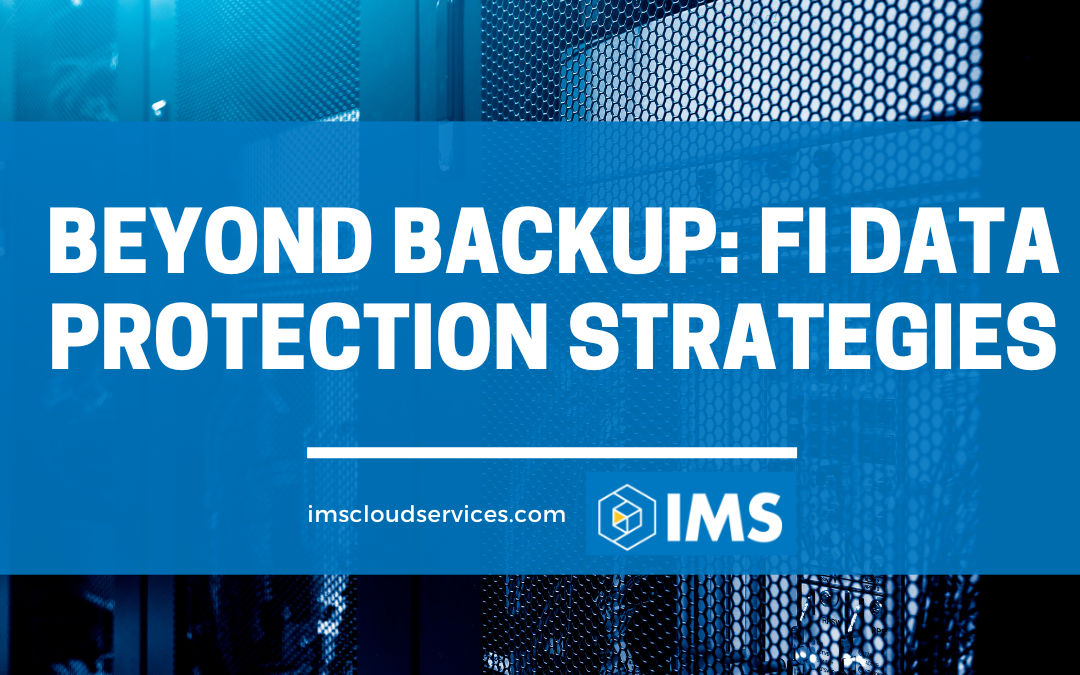
by admin | Apr 15, 2024 | Backup, Business Continuity Planning, Cybersecurity, Disaster Recovery
The evolution of digital finance has ushered in an era of unparalleled convenience and efficiency. Yet, this advancement brings with it a shadow of cyber threats, where the security of sensitive financial data hangs in the balance. The role of data protection and...
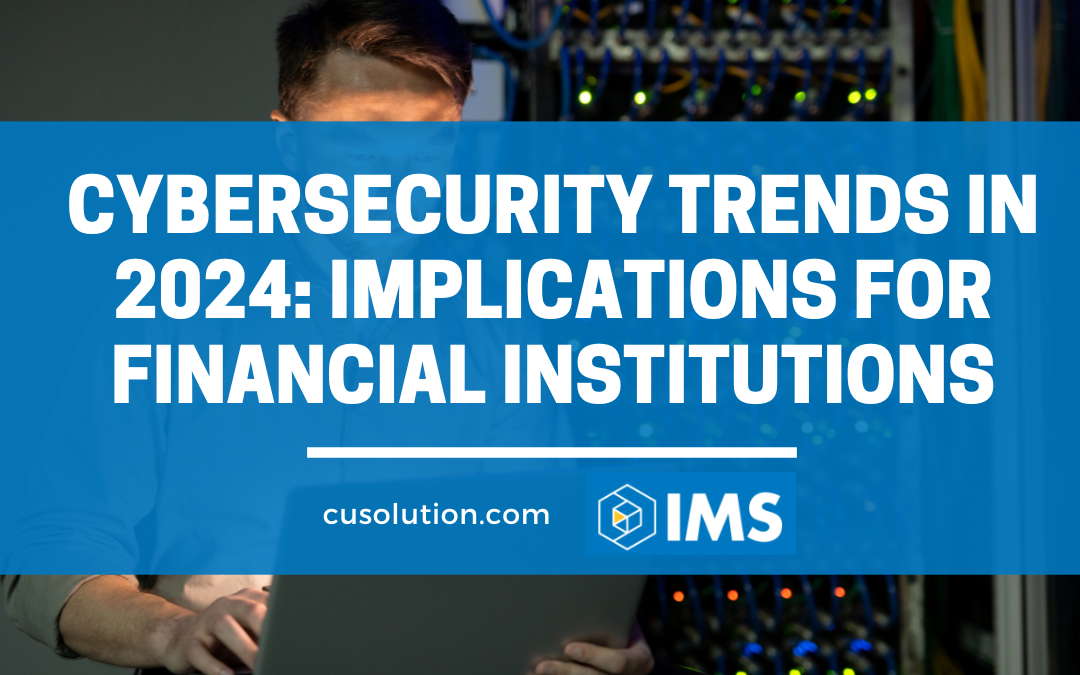
by admin | Mar 10, 2024 | Backup, Business Continuity Planning, Cybersecurity, Disaster Recovery
Digital transactions are now the heartbeat of the financial world, making cybersecurity the critical keeper of trust. As we move into 2024, the cybersecurity scene is shifting again, bringing fresh challenges for community banks and credit unions. These...
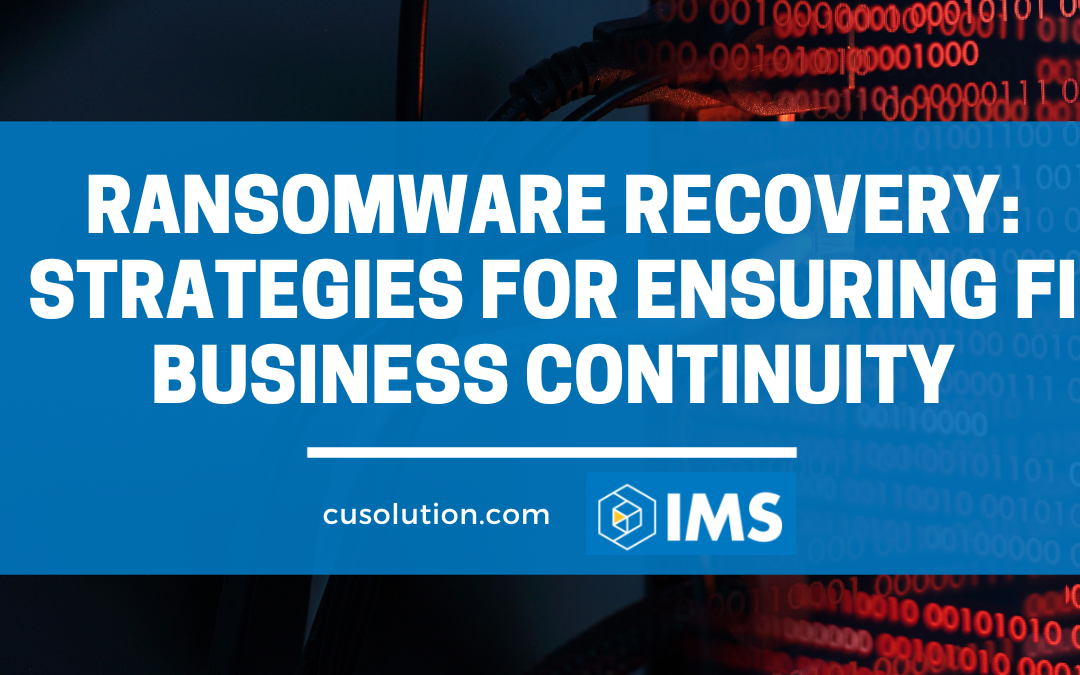
by admin | Feb 8, 2024 | Backup, Business Continuity Planning, Cybersecurity, Disaster Recovery
In December 2023, a devastating ransomware attack targeted the cloud services provider Ongoing Operations, causing a widespread outage that impacted numerous credit unions. This incident served as a wake-up call for financial institutions and credit union...
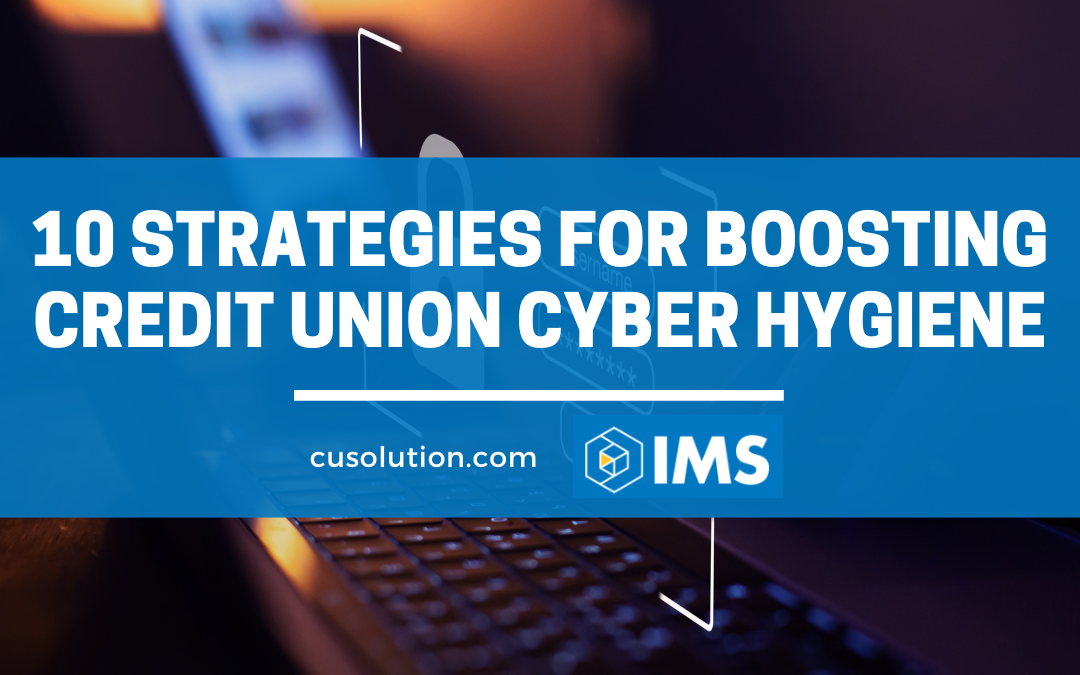
by admin | Oct 5, 2023 | Backup, Business Continuity Planning, Cloud Computing, Cybercrime, Cybersecurity, Disaster Recovery, IaaS
As we recognize Cybersecurity Awareness Month, there’s no better time to reflect on why cybersecurity matters to the credit union community. Today’s interconnected world means there are near-infinite possibilities for credit union growth and member...
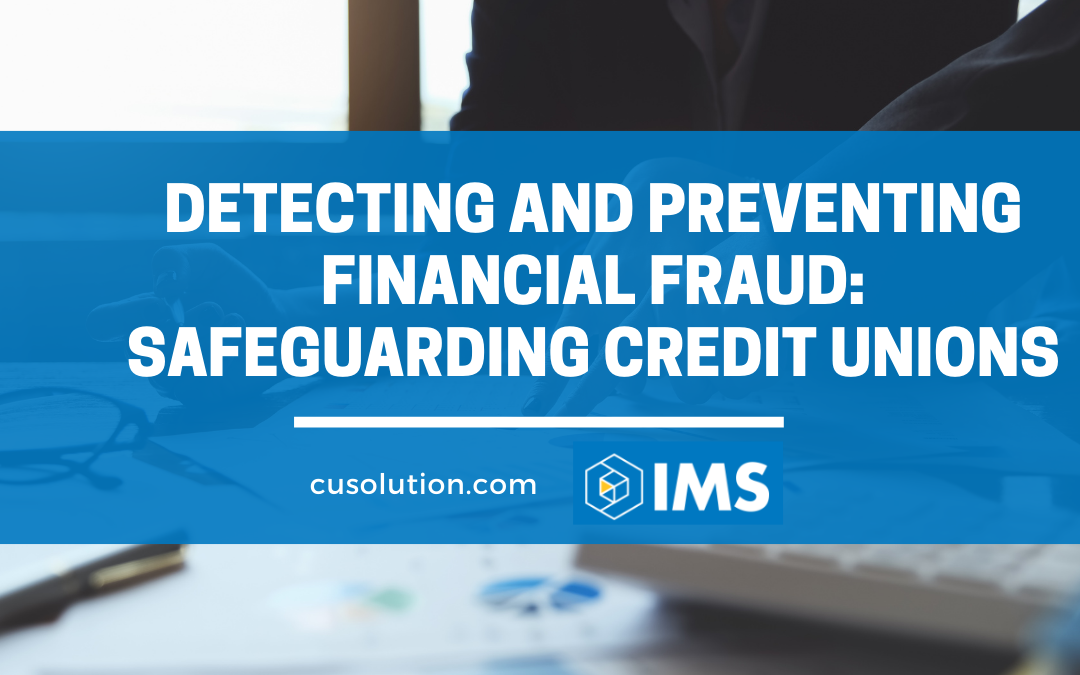
by admin | Sep 21, 2023 | Credit Union Resources, Cybercrime, Cybersecurity
As the financial services industry faces an unprecedented surge in attempted fraud, credit unions must strengthen their defenses to protect their assets and members’ data. Fraudsters continue to evolve their tactics, making it crucial for credit unions to...
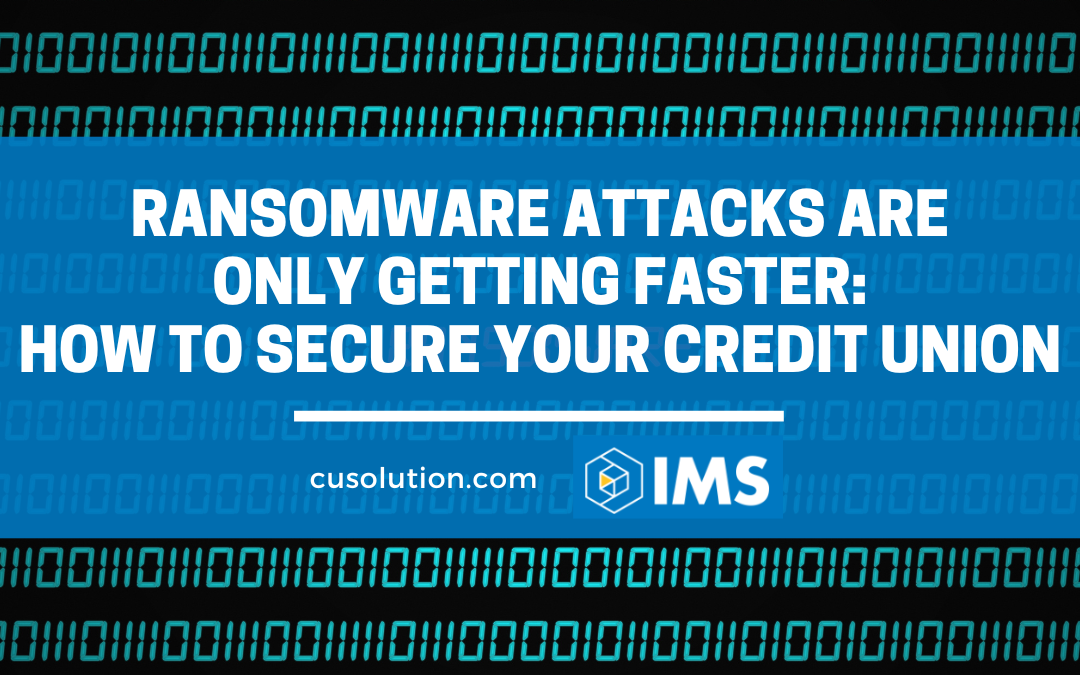
by admin | Aug 24, 2023 | Cybercrime, Cybersecurity, Email Scam
In cybersecurity, it’s a constant race with bad actors often seeming to be in the lead. But, with smart strategies and tools, credit unions can still effectively safeguard themselves. Ransomware attacks are gaining momentum and complexity. These harmful...






